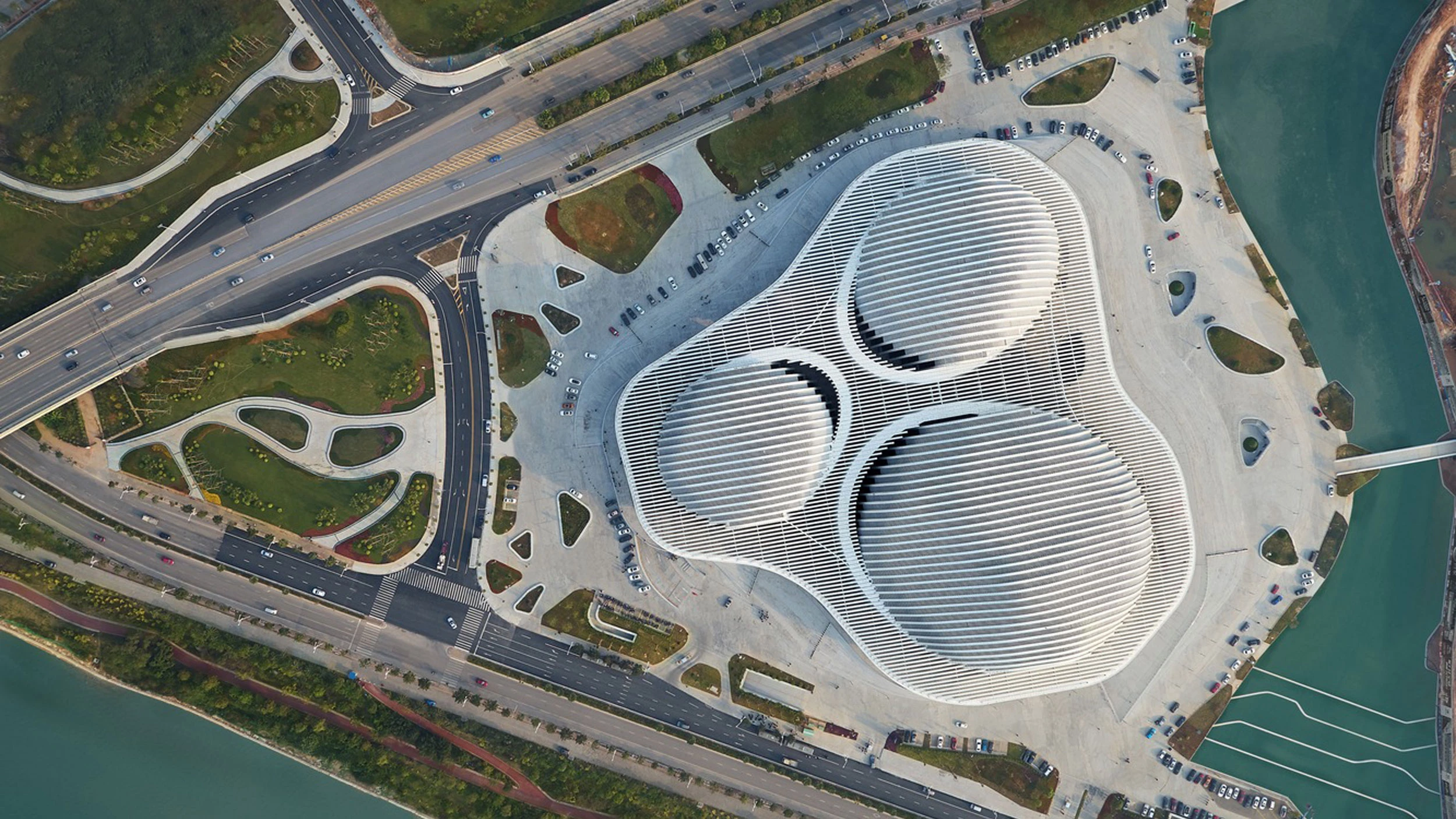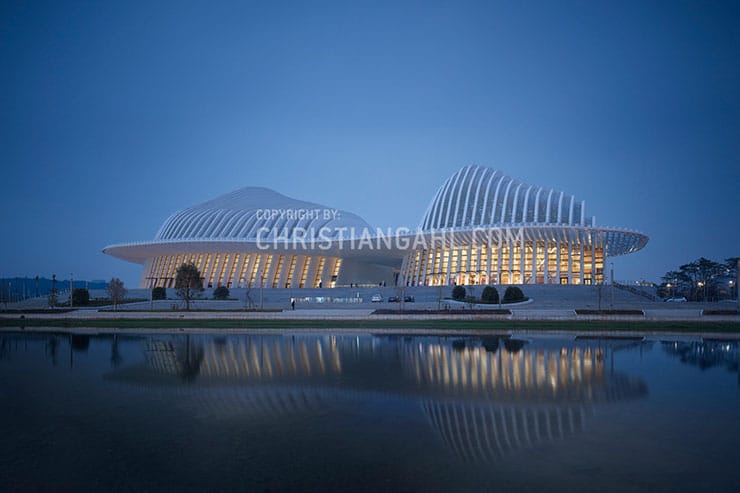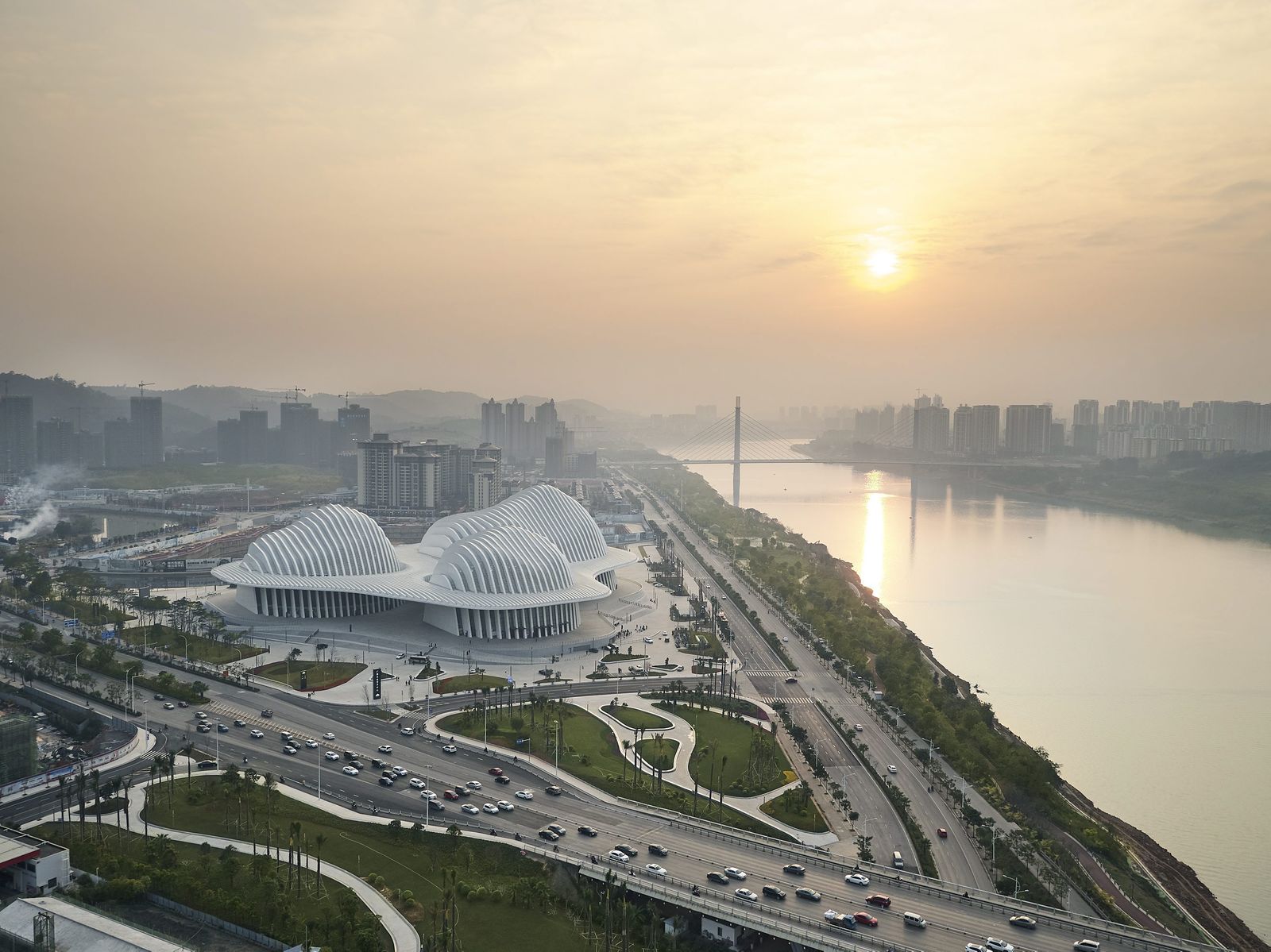# Uncovering Nanning’s Guangxi Ethnic Culture and Historical Roots
Welcome to Jusha Travel, your go-to source for exploring the wonders of China! If you’re fascinated by **Nanning Guangxi Culture**, you’re in for a treat. As the capital of the Guangxi Zhuang Autonomous Region, Nanning is a vibrant gateway to **China ethnic diversity**, where ancient traditions blend seamlessly with modern life. In this post, we’ll delve into **Nanning cultural heritage**, highlight top **cultural attractions in Nanning**, and provide a handy **Nanning travel guide** for your next adventure. Whether you’re a seasoned traveler or a curious culture enthusiast, understanding this region’s rich tapestry can make your **China cultural tours** truly unforgettable. Here at jusha.travel, we love sharing tips to make your China journey unforgettable! For more on China’s rich ethnic diversity, check out this in-depth guide.

## Historical Roots of Nanning: From Ancient Outposts to Cultural Crossroads
Nanning’s story begins in the mists of history, tracing back to its establishment as a military outpost during the Qin Dynasty around 214 BC. This period marked the start of Guangxi’s integration into the broader Chinese empire, as the Qin Emperor Shi Huangdi expanded southward, encountering the indigenous Baiyue tribal groups. Over the centuries, under dynasties like the Tang and Song, Nanning evolved into a thriving administrative and trading hub, fostering economic prosperity and cultural exchange. Today, remnants of this era are evident in the city’s architecture, such as ancient pagodas and temples that whisper tales of bygone eras. For more insights into hidden historical sites, explore these spiritual treasures.
Exploring **Nanning cultural heritage** reveals a fascinating process of sinicization, where local ethnic groups gradually adopted elements of Han Chinese culture while preserving their unique identities. For instance, the region’s early inhabitants, the Baiyue, played a pivotal role in shaping Guangxi’s cultural landscape. According to historical accounts from sources like Guangxi’s history on Britannica, this blending of influences created a resilient society that withstood waves of migration and conflict. As you wander through Nanning, visiting sites like the Qingxiu Mountain Scenic Area, you’ll see how these roots continue to influence daily life. If you’re planning a broader adventure in China’s stunning landscapes, don’t miss Guilin’s natural wonders.
For travelers eager to dive deeper, a visit to Nanning offers practical tips: Start with a guided tour of the Nanning Museum, where artifacts from the Qin and Tang periods bring history to life. If you’re planning a **Nanning travel guide** itinerary, consider timing your trip for the cooler months (October to March) to comfortably explore outdoor sites. Don’t miss the opportunity to try local Guangxi snacks, like the flavorful rice noodles, which reflect the region’s agricultural heritage and add a delicious layer to your cultural immersion.

## The Ethnic Mosaic: Celebrating China’s Diverse Peoples in Guangxi
Guangxi stands as a shining example of **China ethnic diversity**, home to one of the country’s largest populations of minority groups after Yunnan. With the Zhuang people forming the majority minority—making up about 32-34% of the region’s population—Nanning serves as a cultural melting pot. Here, you’ll encounter a mosaic of ethnicities, including the Han Chinese, Yao, Miao, Dong, and Yi, each contributing their languages, customs, and festivals to the vibrant tapestry of daily life. To explore similar celebrations of diversity elsewhere, visit this detailed look.
Delving into **Nanning Guangxi Culture**, it’s impossible not to highlight the Zhuang as the anchors of this diversity. Their traditions, from intricate embroidery to lively folk dances, are deeply woven into the social fabric. The region’s official status as the Zhuang Autonomous Region, established in 1958, underscores China’s commitment to preserving these cultures. As noted in detailed resources like the Guangxi Wikipedia page, interethnic interactions have shaped everything from music and cuisine to religious practices. For culture enthusiasts, **cultural attractions in Nanning** like the Guangxi Ethnic Museum are must-visits. This site offers interactive exhibits on the Zhuang, Yao, and Miao peoples, complete with performances of traditional dances and music. If you’re eager for more cultural festivals, check out our guide to Chinese celebrations.
For culture enthusiasts, **cultural attractions in Nanning** like the Guangxi Ethnic Museum are must-visits. This site offers interactive exhibits on the Zhuang, Yao, and Miao peoples, complete with performances of traditional dances and music. A practical tip for your **China cultural tours**: Engage with local communities through homestays or festivals, where you can learn about sustainable practices, such as the Zhuang’s eco-friendly farming techniques. These experiences not only enrich your trip but also promote respectful tourism, aligning with jusha.travel’s mission to inspire mindful exploration of China’s lesser-known gems.

## Zhuang Traditions and Festivals: A Living Legacy
At the heart of **Nanning cultural heritage** lies the Zhuang people’s enduring traditions, which have influenced Guangxi’s festivals, folklore, and arts for centuries. The Zhuang, with their Tai-speaking roots, have a history of resilience, exemplified by events like the Nong Zhigao revolt in 1052, where they resisted assimilation while interacting with Han migrants. This blend of cultures is vividly alive in Nanning’s celebrations, such as the annual Zhuang Song Festival, where communities gather to sing ancient ballads and perform dances that date back millennia. For a deeper dive into vibrant cultural events, see this festival overview.
These festivals offer a window into **China ethnic diversity**, featuring colorful costumes, ritualistic music, and communal feasts that foster unity. For instance, the Miao and Yao groups contribute their own unique elements, like the elaborate Miao silver jewelry and Yao shamanistic rituals, creating a symphony of cultural expressions. As outlined in a detailed guide on Nanning’s cultural tapestry, these events are not just spectacles but vital threads in the region’s social fabric. To learn more about ethnic traditions, don’t miss exploring spiritual sites.
If you’re crafting a **Nanning travel guide**, timing your visit around these festivals is key—think March for the Song Festival or October for harvest celebrations. An interesting fact: Guangxi’s ethnic groups have incorporated modern technology into their traditions, such as using apps to share folk songs and virtual reality tours of historical sites, blending old and new in innovative ways. This fusion not only preserves heritage but also appeals to tech-savvy travelers, making your **China cultural tours** more engaging and interactive.

## Nanning as a Contemporary Cultural Hub: Bridging Past and Present
Today, Nanning exemplifies how **Nanning Guangxi Culture** thrives in a rapidly modernizing world, serving as a bridge between ancient roots and contemporary innovation. The city’s evolution from a historical outpost to a bustling metropolis highlights Guangxi’s dynamic spirit, where preserved traditions coexist with cutting-edge developments. Influential figures like Huang Xianfan, a pioneering Zhuang ethnologist, have played a crucial role in documenting and promoting this heritage, as explored in his Wikipedia entry. For more on cultural preservation efforts, check out these hidden retreats.
In this modern hub, **cultural attractions in Nanning** include the Qingxiu Mountain and the Nanning International Convention and Exhibition Center, where ethnic performances meet global events. The integration of technology is evident in apps that offer augmented reality experiences of Zhuang folklore or virtual tours of minority villages, enhancing accessibility for travelers. A handy tip for your **Nanning travel guide**: Use ride-sharing apps like Didi to navigate the city efficiently, and seek out eco-tours that combine cultural visits with sustainable practices, such as exploring the karst landscapes of Guangxi. If you’re in the area, enhance your itinerary with Guilin’s scenic routes.
This blend of old and new makes Nanning an ideal stop on any **China cultural tours**, offering insights into how ethnic groups adapt while maintaining their identity. From savoring Zhuang-inspired dishes like “three-colored rice” to attending digital storytelling sessions, you’ll find endless ways to connect with the culture.
In conclusion, uncovering **Nanning’s Guangxi Ethnic Culture and Historical Roots** reveals a captivating narrative of resilience, diversity, and innovation that enriches any traveler’s journey. We’ve explored the historical foundations, the vibrant ethnic mosaic, cherished traditions, and modern evolutions, all while tying into key aspects like **Nanning cultural heritage** and **China ethnic diversity**. These elements not only provide a deeper appreciation for Guangxi but also inspire meaningful connections during your adventures. Here at jusha.travel, we’re passionate about guiding you through such experiences to make your China travels unforgettable. For more immersive cultural journeys, visit our Yunnan exploration.
We’d love to hear your thoughts—have you visited Nanning or participated in a Guangxi festival? Share your stories in the comments below, visit jusha.travel for more inspiring guides, or check out related articles like our piece on Yunnan’s minorities to plan your next **China cultural tours**! Safe travels!

